In January, more than a dozen humanoid robots took to the stage in China’s biggest city, waving red scarves and dancing to folk music at the Lunar New Year Gala. The impressive performance, watched by more than a billion people, was a testament to the rapid development of humanoid robots in China.
Although the number of mass-produced humanoid robots is still small, competition with billionaire Elon Musk's Tesla - one of the leading companies in the field of robotics - is heating up.
The vision of a future like the one in the movie "I, Robot," where robots do housework and take care of people, is attracting investment from major technology corporations in both the US and China.
Microsoft, Nvidia and Amazon founder Jeff Bezos have invested in US company Figure AI. Meanwhile, Meta also plans to invest heavily in humanoid robots.
Musk predicts that Tesla’s Optimus robot project could generate more than $10 trillion in revenue. While it will take five to 10 years for humanoid robots to have a significant impact on society, they have the potential to become as common a consumer technology product as cars or mobile phones, according to Professor Xi Ning, a robotics and automation expert at the University of Hong Kong. Goldman Sachs last year predicted that the global humanoid robot market would be worth $38 billion by 2035.
In the next five years, 250,000 humanoid robots, mainly for industrial use, will be shipped, while about a million robots will be sold each year within a decade.
China, eager to replicate its success in electric vehicles, wants to be at the forefront of this race. The Chinese government is capitalizing on recent developments in AI, especially as the US tightens restrictions on the technology.
Although it entered the game later than Tesla, Boston Dynamics and Figure AI of the US, experts say that Chinese enterprises are closing the gap by optimizing the supply chain and reducing production costs.
China has taken the lead in industrial robot deployments, deploying more than any other country since 2021, according to the International Federation of Robotics (IFR).
Compared to humanoid robots, industrial robots use less complex technology and typically perform simple tasks in manufacturing or transportation.
Tesla was one of the pioneers in humanoid robotics when Musk announced the project in 2021 and introduced the Optimus prototype a year later. Since then, China has openly supported the robotics industry with grants and incentives.
China's Ministry of Industry and Information Technology has identified humanoid robots as a "new technological frontier," aiming for mass production by 2025 and building a solid supply chain for core components.
According to CNN statistics, many local governments, including Beijing, Shanghai and Shenzhen, have announced investment funds for the robotics industry with a total value of at least 73 billion yuan ($10 billion).
Although China accounts for 56% of the humanoid robot supply chain, according to Morgan Stanley, the country still relies on foreign technology in key areas such as processing chips, high-precision sensors and robot operating systems.
AI chips play a central role in robots, helping them think, sense, and move. Many robot developers still use Nvidia chips. But the U.S. has stepped up restrictions on exports of advanced chips, forcing China to push for greater self-sufficiency in its semiconductor supply chain.
To close the gap, many Chinese suppliers are sending component samples to Tesla for testing. These manufacturers will then improve their products based on Tesla’s feedback and provide upgraded versions to domestic companies, helping China’s entire humanoid robot industry grow, according to TrendForce analyst PK Tseng.
Despite the technology gap, China is becoming a price disruptor in this new industry.
Engine AI, a Shenzhen-based company, launched the PM01 late last year for just 88,000 yuan ($12,175). Meanwhile, Unitree sells its G1 — which can perform a spinning kick — for 99,000 yuan ($13,697).
At an event last year, Mr. Musk estimated that Tesla’s Optimus would cost between $20,000 and $30,000. Reducing the price of humanoid robots would be an important step toward making the technology more widely available. In addition to startups, major electric car companies such as BYD and XPeng are also in the race.
Experts say that their experience in fierce competition in the electric vehicle market has given them an advantage in mass producing robots at lower costs./.
Source: https://www.vietnamplus.vn/trung-quoc-tang-toc-trong-cuoc-dua-san-xuat-robot-hinh-nguoi-post1022816.vnp



![[Photo] Third meeting of the Organizing Subcommittee serving the 14th National Party Congress](https://vstatic.vietnam.vn/vietnam/resource/IMAGE/2025/4/2/3f342a185e714df58aad8c0fc08e4af2)
![[Photo] Relatives of victims of the earthquake in Myanmar were moved and grateful to the rescue team of the Vietnamese Ministry of National Defense.](https://vstatic.vietnam.vn/vietnam/resource/IMAGE/2025/4/2/aa6a37e9b59543dfb0ddc7f44162a7a7)

![[Photo] Close-up of Vietnam's sniffer dog team searching for earthquake victims in Myanmar](https://vstatic.vietnam.vn/vietnam/resource/IMAGE/2025/4/1/d4949a0510ba40af93a15359b5450df2)


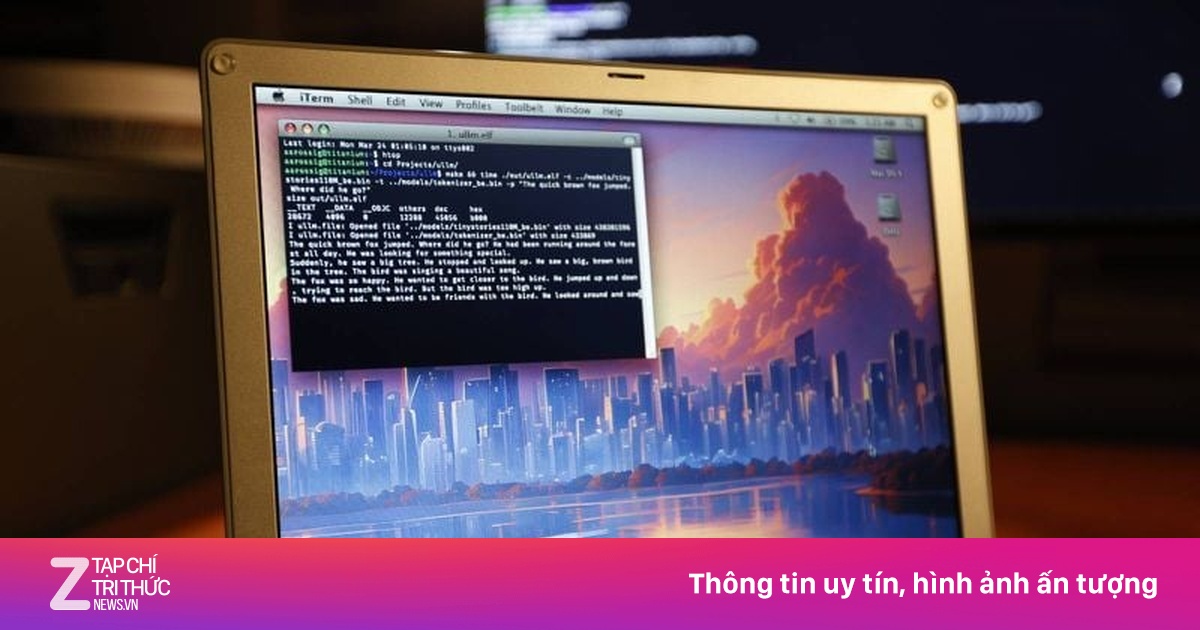

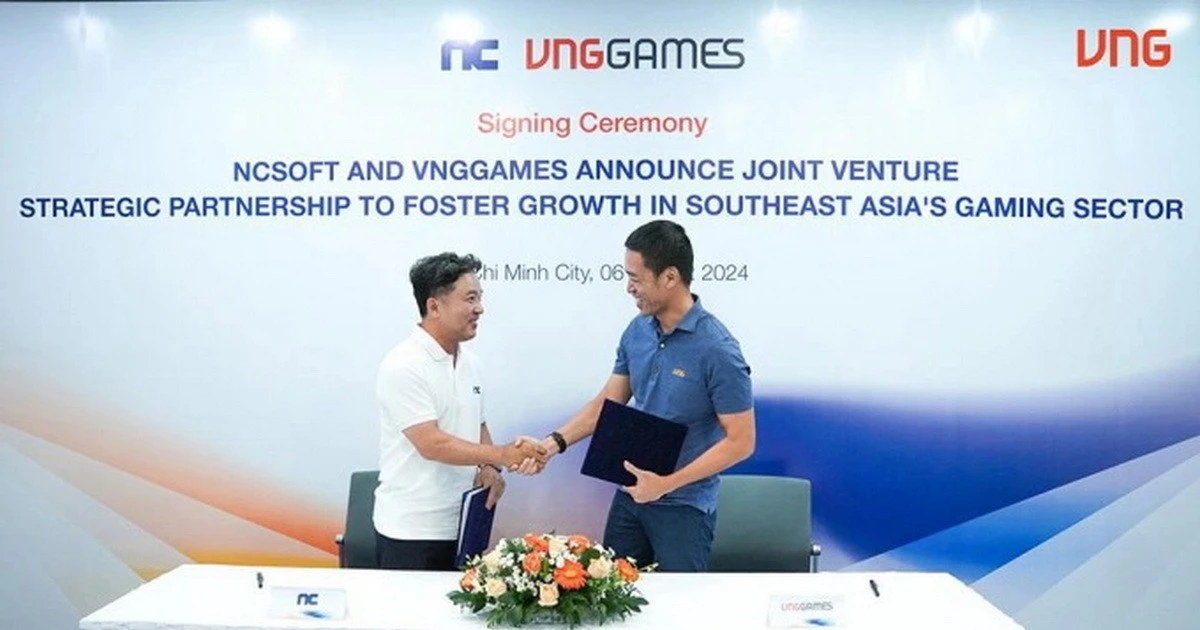
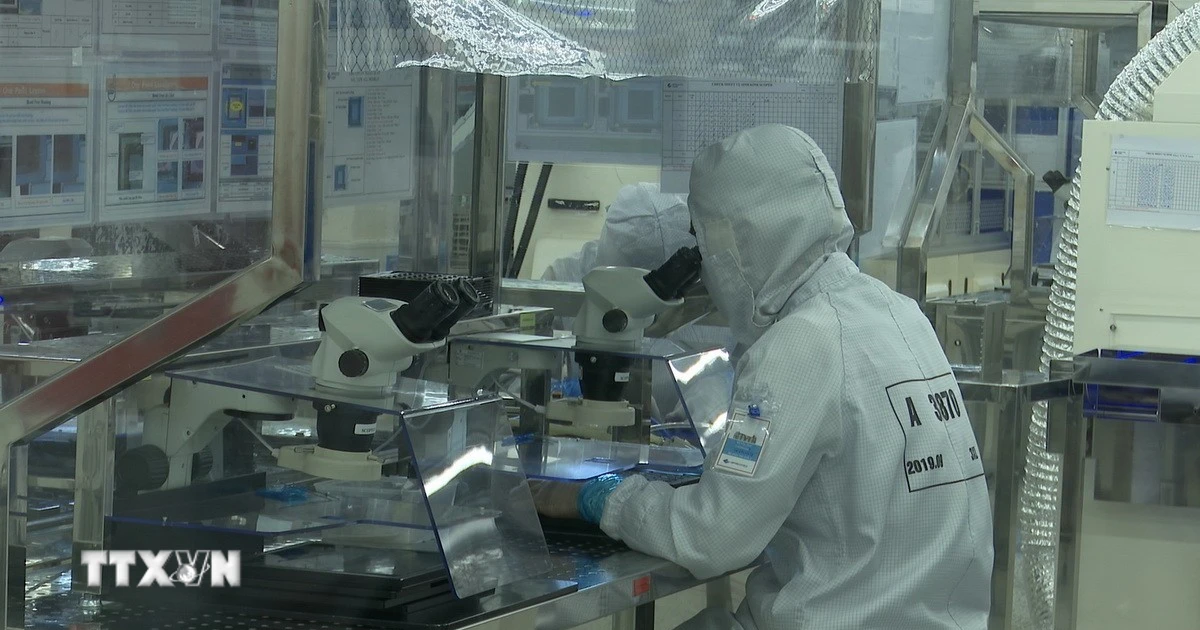





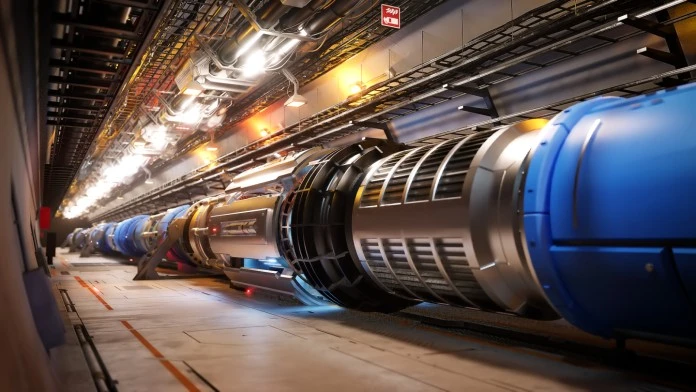

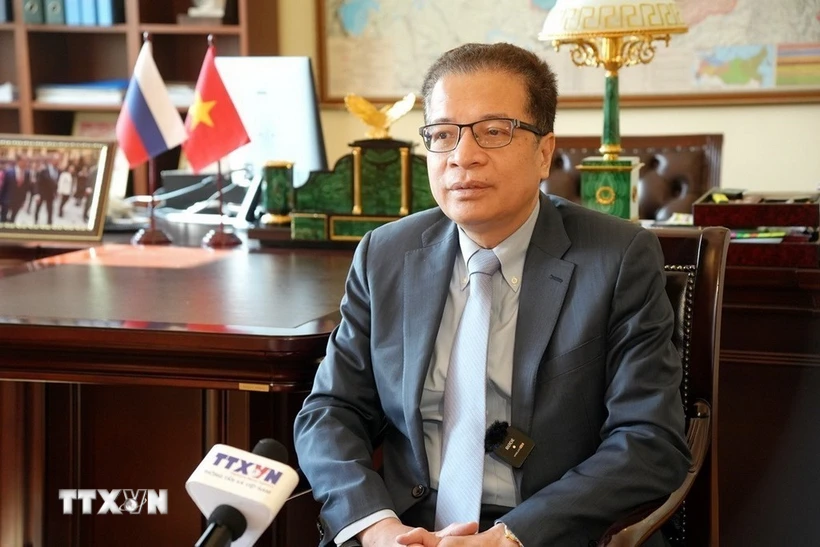
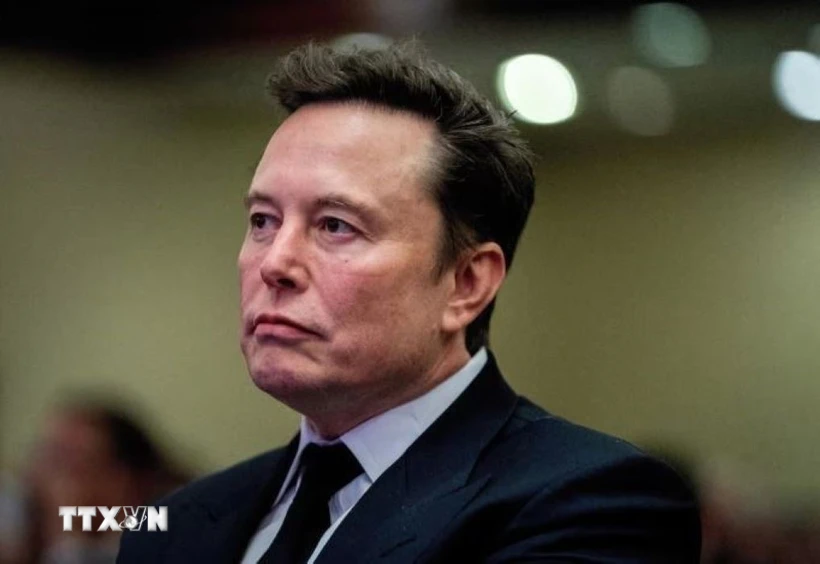































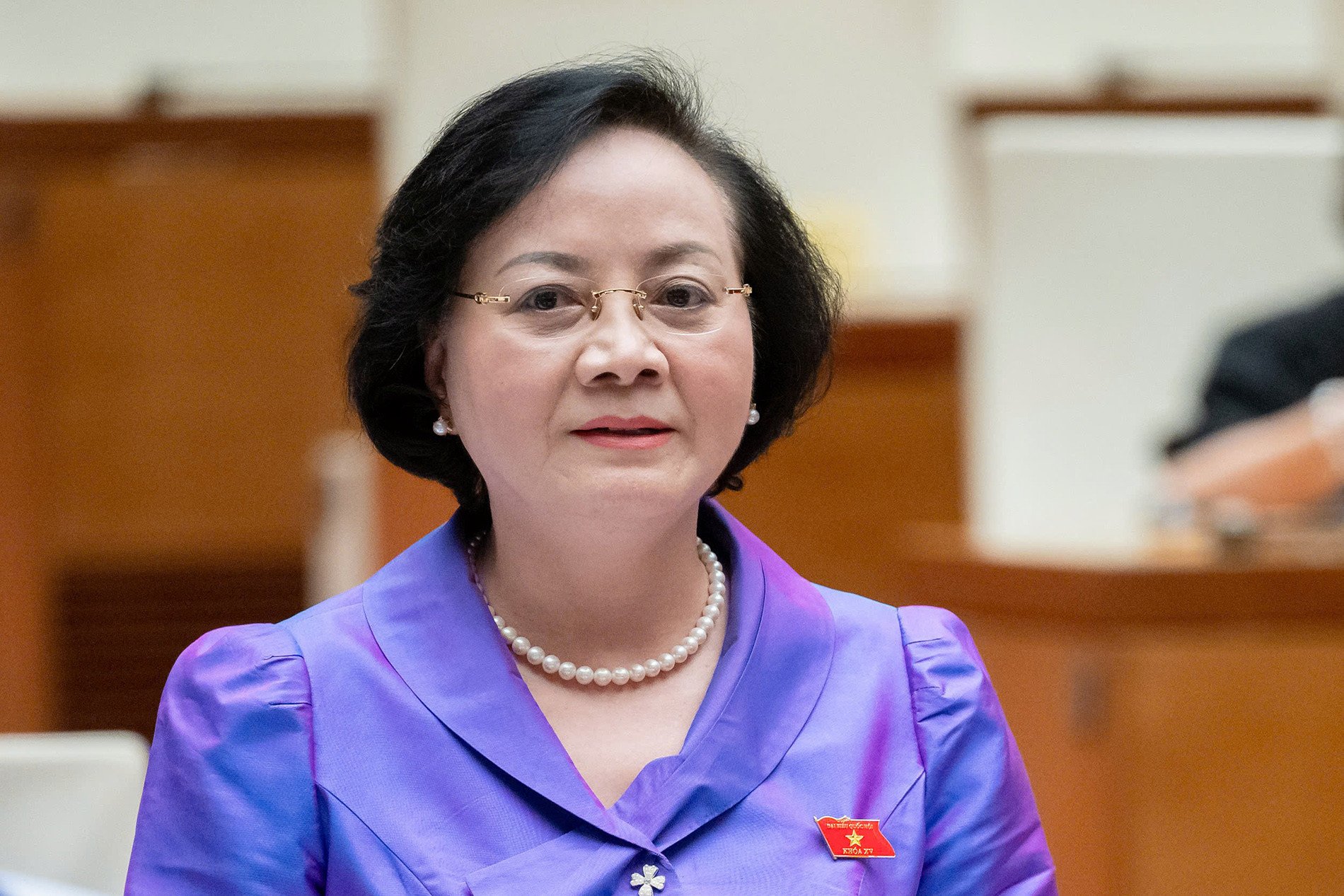

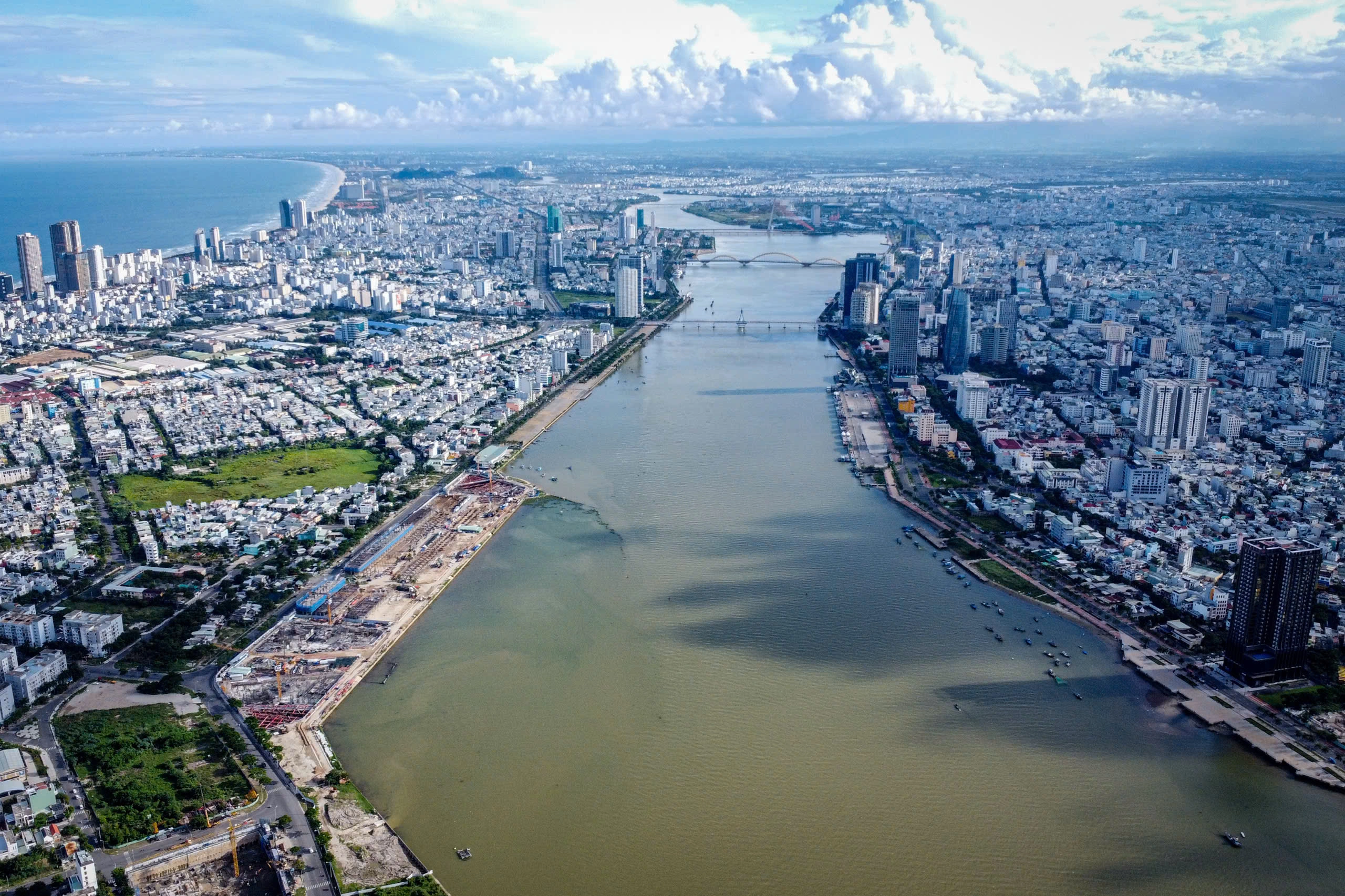




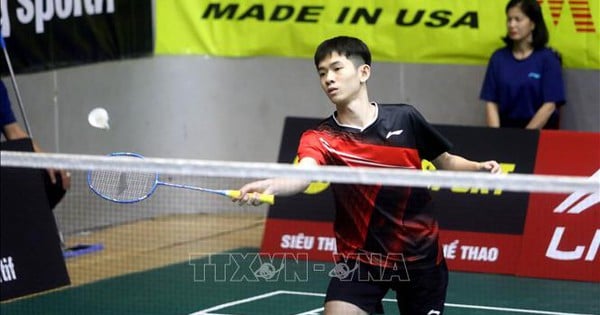


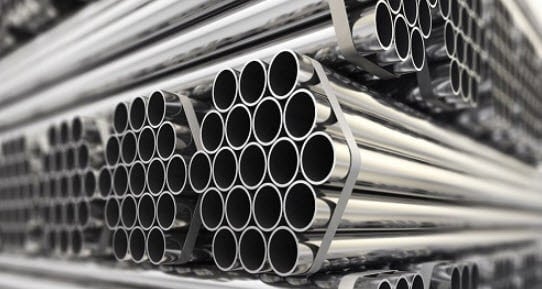



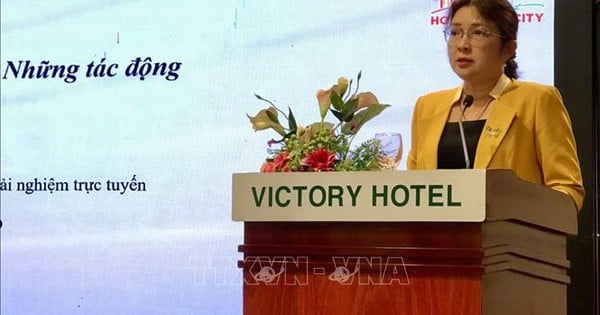


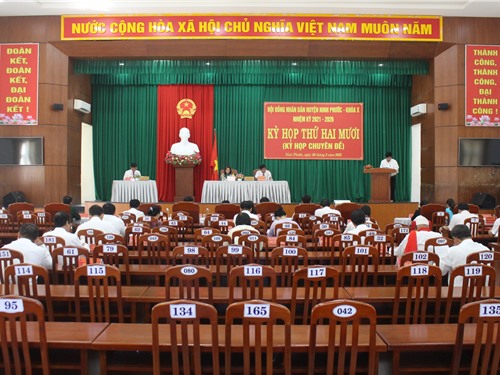
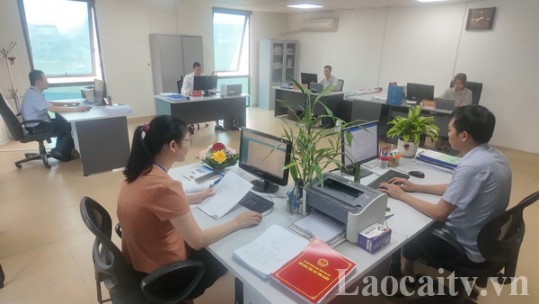


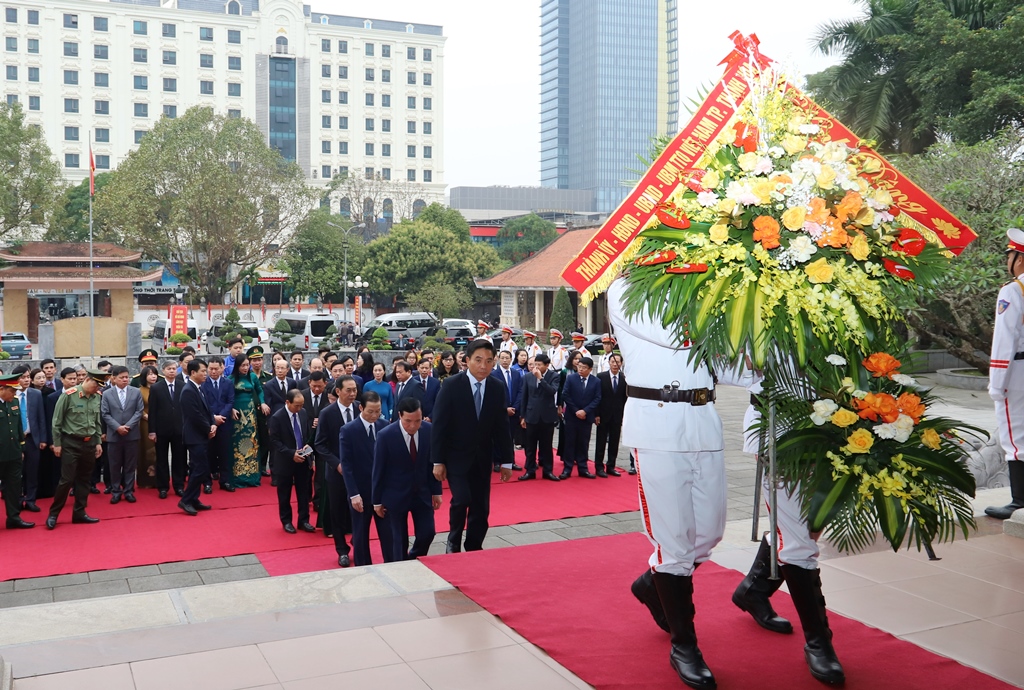












Comment (0)